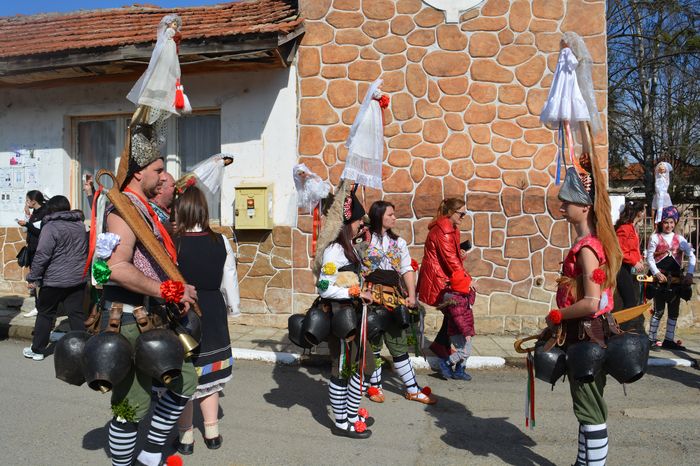Inadequate Organization of the Bucharest Committee
The events surrounding the attempted insurrection reveal significant challenges in organization and leadership. The rising occurred only in a few places and lacked coordination, suggesting that the Bucharest Committee was inexperienced and poorly organized. Their attempt to incite a widespread revolt failed as the majority of the population remained passive, resulting in devastating consequences.
Misguided Attempts at Provocation
The Bucharest Committee’s strategy relied on persuading a handful of villages to rise up, hoping that it would spark a general insurrection across the country. However, without proper leadership and organization, the rest of the population remained inactive, leading to their quiet slaughter. This lack of unified action and leadership proved detrimental to the success of the uprising.
Potential for Success with Proper Organization
Had the uprising been properly organized with widespread participation and effective leadership, the outcome could have been different. A well-coordinated revolt could have forced the Turks to retreat from significant portions of the country, particularly north of the Balkans. The inability to effectively combat resistance while maintaining communication lines through hostile territory would have severely weakened Turkish control Bulgaria Tours.
Panagurishti’s Involvement in the Revolt
The enthusiasm for revolt was evident in Panagurishti, where even women participated in fortification efforts. However, the amateur fortifications they constructed were inadequate for defense against significant military opposition. These makeshift defenses lacked depth and strategic placement, rendering them ineffective in repelling any serious assault.
Ineffectiveness of the Fortifications
The fortifications in Panagurishti consisted of shallow embankments and ditches, which would have provided minimal protection against enemy attacks. Even if well-constructed, the village’s accessibility from all sides would have rendered the defenses easily flanked and bypassed by enemy forces. Thus, the efforts to fortify the village, while demonstrating enthusiasm, ultimately proved futile in providing meaningful defense.
The attempted insurrection highlighted the challenges of organizing a successful revolt. Inexperienced leadership, inadequate organization, and ineffective fortifications hindered the efforts to incite widespread rebellion. While enthusiasm and willingness to resist were present, they were not enough to overcome the lack of proper planning and leadership required for a successful uprising.









